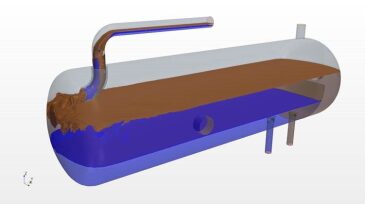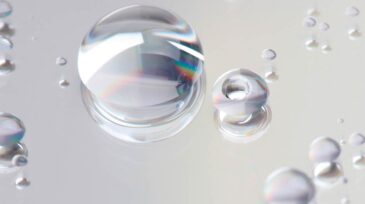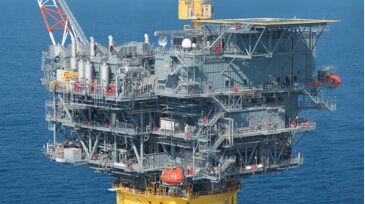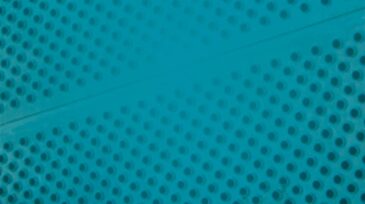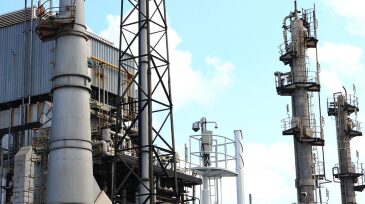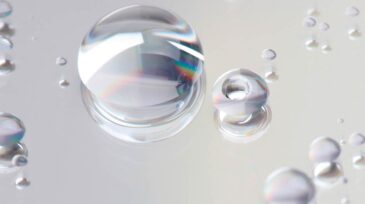Processing systems/design
This paper reviews lean construction management processes adopted in the Apani Field development, from facility design to construction management and drilling-location preparation.
In this final installment of the Savvy Separator Series (No. 23), the authors present a curated collection of recommended references, articles, and other key resources—a comprehensive guide worth reading, bookmarking, and keeping in your library.
Short on skilled welders? For complex jobs like pressure-vessel seams, automation could be the key to keeping production safe, accurate, and on schedule.
-
Why CFD should be part of your separator design? This goal of this goal is to allay any fears about CFD that you may have as a result of flashbacks to university class and a dizzying array of partial-differential equations.
-
Despite the currently deteriorating oil and gas prices, natural gas, the “least carbon-intensive” fossil fuel, is still projected by ExxonMobil, the International Energy Agency, and other sources to grow by 65% from 2010 to 2040
-
The sources and magnitude of shear and the effects on oil droplet size can have significant consequences for downstream separation equipment performance.
-
Historically, the marine systems on a spar are relatively simple.
-
Lessons learned by the members of the SPE Separations Technology Technical Section, representing more than 250 years' experience, are presented so that the same mistakes are not repeated in the future.
-
The technology described by the authors provides the simplicity of a single-step distillation process for the separation of CO2 from natural gas. The technology has shown the potential to separate CO2 and other impurities from natural gas more efficiently and more cost-effectively.
-
An underperforming scrubber that was suffering from too much oil carry-over is described along with options for debottlenecking and improving performance.
-
Efficient separation assumes uniform flow, but the reality of inlet geometries can invalidate this assumption, leading to separation problems and loss of separation efficiency.
-
Some internals components affect a separator's gas- and liquid-handling capability because of their effects on the liquid level. In this article, the interdependency of cyclonic inlets, cyclonic mist eliminators, and liquid level is highlighted.
-
The sizing procedure described in the paper allows one to size horizontal gas/liquid separators considering nonstable flow rate at the inlet or fluctuations in the liquid fraction on the same stream.




